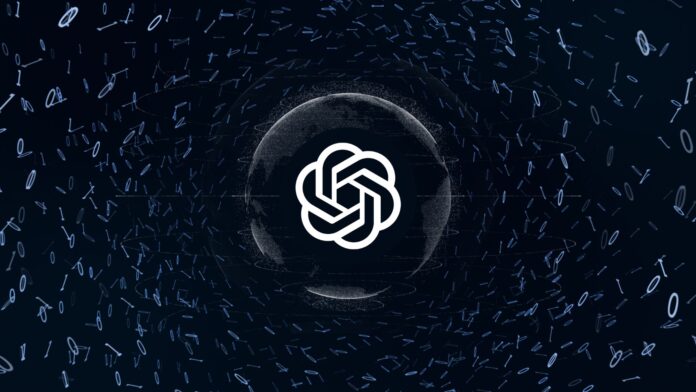OpenAI recently unveiled Sora, a revolutionary text-to-video model capable of generating minute-long videos based on user prompts. Currently, access is limited to specific groups: red teamers tasked with identifying potential risks and creative professionals providing feedback on enhancing its usefulness for their field. Sharing this work in progress aims to gather external input and offer a glimpse into future AI capabilities.
Sora excels at crafting complex scenes with multiple characters, diverse motions, and detailed backgrounds. Its unique understanding of both language and the physical world allows it to interpret prompts accurately and generate characters brimming with emotions. Additionally, it can stitch together multiple shots within a single video, seamlessly maintaining character consistency and visual style.
However, some limitations exist. For instance, simulating complex physics can be challenging, potentially leading to inconsistencies like a bitten cookie lacking a bite mark. Spatial confusion (e.g., mixing left and right) and difficulty depicting specific event progressions (e.g., following a precise camera trajectory) are other areas for improvement.
OpenAI emphasizes safety measures before integrating Sora into its products. Red teamers, experts in areas like misinformation and bias, will conduct adversarial testing to identify potential vulnerabilities.
OpenAI is also developing tools to detect misleading content generated by Sora, such as a classification system that identifies videos produced by the model. If implemented in an OpenAI product, videos will likely include C2PA metadata for transparency.
Beyond new deployment techniques, they’re applying existing safety measures built for products like DALL-E 3 to Sora. These include:
- Text Classifier: This filters out prompts violating usage policies (extreme violence, hateful content, etc.) before generation.
- Image Classifiers: These review each video frame for policy compliance before user viewing.
Sora works as a diffusion model, starting with static noise and progressively removing it to create a video. It can generate videos in their entirety or extend existing ones. By providing insight into multiple frames at once, the model ensures characters remain consistent even when temporarily hidden.
Similar to GPT models, Sora utilizes a transformer architecture for efficient scaling. Representing videos and images as smaller data units, akin to GPT tokens, enables training on a wider range of visual data (durations, resolutions, aspect ratios).
Building on DALL-E and GPT research, Sora incorporates the DALL-E 3 “recaptioning” technique, generating detailed captions for visual training data. This allows the model to more faithfully follow user instructions in the generated videos.
Beyond generating videos from scratch, Sora’s capabilities extend to existing visual content. It can:
- Animate still images: Accurately bring static pictures to life, even capturing intricate details in motion.
- Extend videos: Seamlessly lengthen existing videos or fill in missing frames, maintaining consistency.
OpenAI sees Sora as a stepping stone towards models that can grasp and recreate the real world, which they believe is crucial for achieving Artificial General Intelligence (AGI). This highlights the model’s potential to go beyond generating visually appealing content and contribute to deeper understandings of the physical world.


